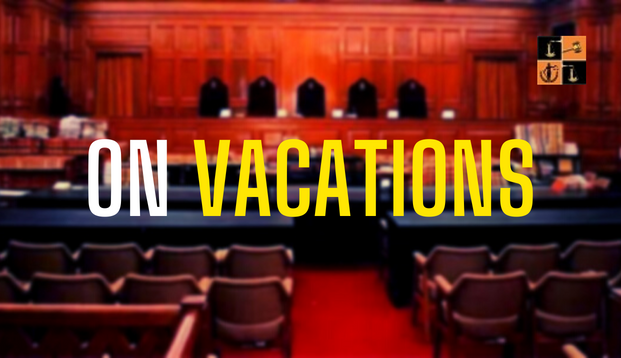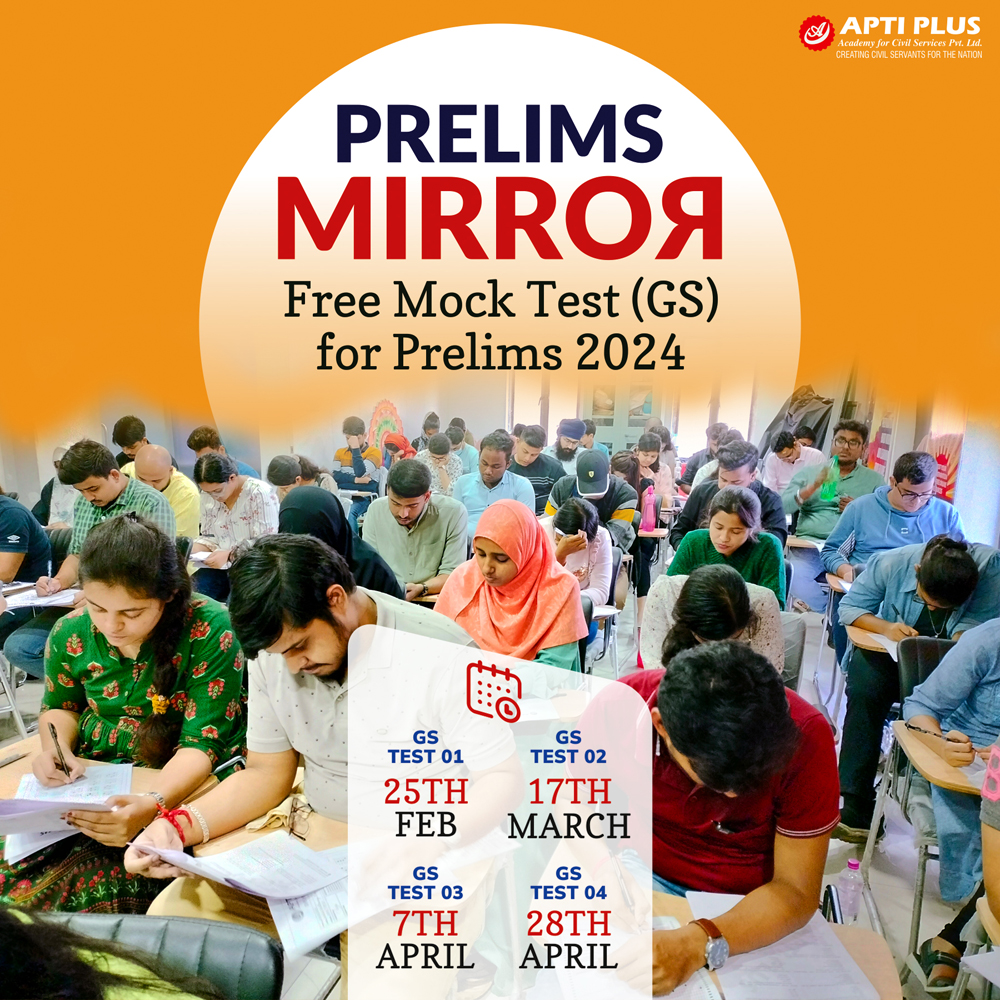Description

Disclaimer: Copyright infringement not intended.
Context
- Chief Justice of India DY Chandrachud recently addressed the ongoing criticism regarding the number of vacation days awarded to Indian judges.
- This issue has been a subject of debate due to concerns about its impact on the judicial system's efficiency and the timely disposal of cases.
- Chief Justice Chandrachud's comments shed light on the rationale behind court vacations, the handling of important cases during recesses, the criticism against extended vacations, and the arguments in favor of maintaining the current system.
Overview of Court Vacations:
- The Supreme Court of India operates for 193 working days in a year, while High Courts function for approximately 210 days, and trial courts for 245 days.
- These working days are structured according to the service rules, with High Courts having the authority to manage their calendars.
- The Supreme Court observes an annual summer vacation of seven weeks, starting from the end of May and reopening in July. Additionally, the court takes week-long breaks for Dussehra and Diwali, as well as two weeks at the end of December.
- Despite its historical origins in colonial practices, the current judicial schedule has faced criticism for its impact on the timely resolution of cases.
Handling of Important Cases During Vacations:
- During court vacations, a limited number of judges, known as "vacation benches," are available to hear urgent cases that cannot wait for the court to reconvene.
- These benches prioritize cases such as bail and eviction matters. Notably, some significant cases have been heard during vacation periods, demonstrating the court's commitment to addressing pressing legal issues.
Criticism of Court Vacations:
- Critics argue that extended and frequent vacations are detrimental to the efficient functioning of the judicial system, particularly considering the increasing backlog of cases and the slow pace of judicial proceedings.
- The colonial origins of the practice, which began due to European judges' discomfort with Indian summers, have also been highlighted as outdated and in need of reform.

Efforts to Reform Vacation Cycles:
- Various committees and commissions, including the Justice Malimath Committee and the Law Commission of India, have recommended reducing the duration of court vacations to address the long pendency of cases.
- However, previous attempts by Chief Justices of India to reform the vacation cycles, such as keeping courts open round the year or extending working hours, have not been implemented.
Arguments in Favor of Court Vacations:
- Proponents of the current vacation system argue that breaks are essential for judges to rejuvenate and maintain their intellectual rigor, given the demanding nature of their work.
- Judges typically work over 10 hours daily, including preparation time for the next day's proceedings. Moreover, judges do not take leave when the court is in session, except for rare instances such as family tragedies or health reasons.
Comparison with Other Countries:
- In comparison to apex courts in other countries, the Indian Supreme Court has the highest caseload and delivers the most judgments. For example, the US Supreme Court hears approximately 100-150 cases annually and sits for oral arguments for five days a month. Similarly, UK courts sit for 185-190 days a year, with the Supreme Court sitting in four sessions totaling roughly 250 days
Way Ahead
The way ahead regarding court vacations in India involves a balanced approach that addresses the concerns of efficiency and the well-being of judges. Here are some potential steps that could be taken:
- Reviewing Vacation Duration: Conduct a detailed analysis of the impact of court vacations on case pendency and judicial efficiency. Consider reducing the duration of vacations, especially the summer break, based on the findings.
- Implementing Structured Vacation Plans: Develop a structured vacation schedule that includes periodic short breaks throughout the year. Ensure that these breaks do not disrupt the regular functioning of the courts.
- Utilizing Technology for Remote Proceedings: Enhance the use of technology for conducting remote hearings, especially during vacation periods. Implement virtual courtrooms and digital case management systems to facilitate urgent hearings.
- Prioritizing Urgent Cases: Establish specialized vacation benches to handle urgent matters that cannot wait for regular court sessions. Prioritize cases based on their urgency and impact on justice delivery.
- Enhancing Judicial Infrastructure: Invest in upgrading court infrastructure to support increased workload and efficiency. Improve courtroom facilities, expand digital resources, and provide training for staff on new technologies.
- Streamlining Administrative Processes: Review and simplify administrative procedures to reduce delays and improve efficiency. Implement digital filing systems, case tracking mechanisms, and performance metrics for judges.
- Increasing Judicial Manpower: Assess the need for additional judges to handle the increasing caseload. Recruit and appoint qualified judicial officers to reduce backlog and improve case disposal rates.
- Engaging Stakeholders for Reform: Consult with judges, legal professionals, and other stakeholders to gather feedback and suggestions for improving the judicial system. Encourage collaboration and feedback to drive meaningful reforms.
- Monitoring and Evaluation: Establish a mechanism to monitor the impact of reforms on case disposal rates, backlog reduction, and overall judicial efficiency. Use data analytics to identify areas for further improvement.
- Promoting Transparency and Accountability: Ensure transparency in the allocation of cases, vacation schedules, and judicial decisions. Implement measures to hold judges and court staff accountable for their performance.

|
PRACTICE QUESTION
Q. Discuss the significance of court vacations in the Indian judiciary and analyze the criticisms associated with the current vacation system. Suggest reforms to improve the efficiency of the judiciary while ensuring the well-being of judges. (250 words)
|















